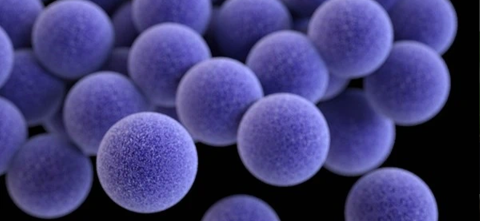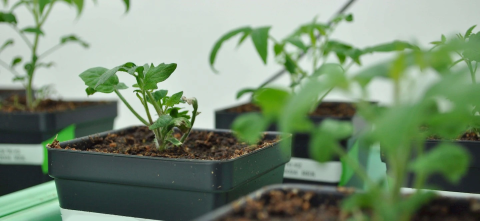
Study Reveals Disproportionate Incarceration Rates of LGBTQ+ Youth in Juvenile Justice System
Despite representing only 10.5 percent of the U.S. population, the LGBTQ+ community makes up 28 percent of youth incarcerations in the juvenile justice system, according to researchers.

Report Reveals Michigan Teacher Salaries Lag National Averages, Public Supports Increases
A new report from the Education Policy Innovation Collaborative at Michigan State University sheds light on teacher compensation policy and public opinion on the issue in Michigan.

1 in 5 U.S. Adults Lost to Suicide Had Recent Jail Experience
A newly published study found that one in five U.S. adults who die by suicide spent at least one night in jail in the year prior to their death.

Are Carbon-Capture Models Effective?
New research from Michigan State University has found the carbon removal potential of some reforestation models have been over exaggerated by as many as three times of a factor.

Renaissance Scientists in the Mendoza Lab Tackle Climate Change
José Luis Mendoza Cortés is using the laws of nature to develop computational algorithms with machine learning and artificial intelligence focused on tackling climate change.

A Vaccine to Fight Antibiotic Resistance
Driven by the overuse of antimicrobials, pathogens are quickly building up resistances to once-successful treatments.

Uncovering a ‘Parallel Universe’ in Tomato Genetics
Michigan State University researchers have unraveled a surprising genetic mystery centered on sugars found in what gardeners know as “tomato tar.”

Survey From MSU and Others Finds Positive Perceptions of Solar Projects
A new survey has found that for residents living within three miles of a large-scale solar development, positive attitudes outnumbered negative attitudes by almost a 3-to-1 margin.
Announcements
